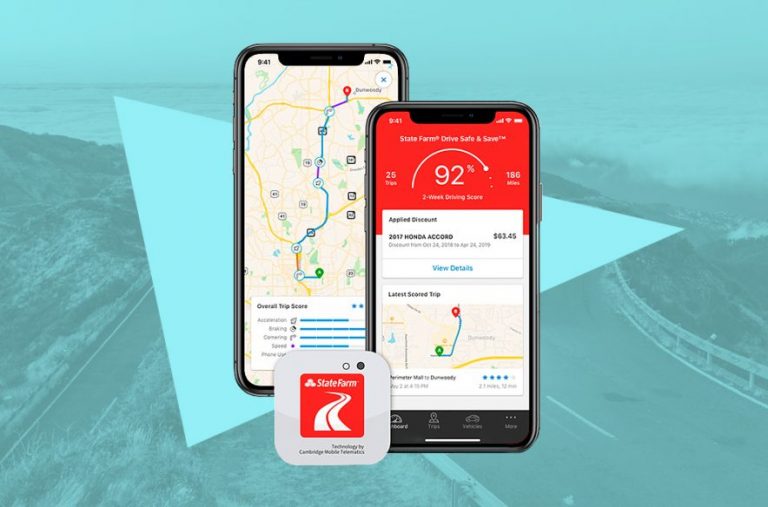There was a day when personal banking required a trip to the bank, standing in often long lines, and making a transaction via a bank teller. Money was accessible only at a brick and mortar location. Any financial needs not taken care of by the end of the business day would have to wait until the next. Access to ones money was dictated largely by the banks hours of operation.
Times have changed. Today, with the advent of the Internet, accessibility to ones finances is more convenient than ever. With online banking there are no long lines or gas-guzzling drives to the bank. Transactions, bill payment and ordering new checks can all be accomplished with the click of a button in the comfort of ones own home. ATMs allow instant access to cash. For some people, there is no brick and mortar bank behind their online accounts – their banking is conducted entirely with an Internet bank.
In fact, online banking has become the preferred transaction method for most of Americas banking customers. While an online transaction can take just under three minutes, it can take nearly 10 minutes at a bank to conduct that same transaction due to waiting in line and interacting with a branch teller.
While some may have questioned the validity of online banking in the 1990s, it has proven to be one of the most valuable assets banks can offer their customers today. While fewer than one in seven Americans were online in 1995, two out of every three Americans are online today, according recent statistics. Americans are surfing the web, conducting e-commerce, and examining their bank statements from their personal computers at rates much faster than in the time those things could be accomplished apart from a computer.
With the advent of the Internet in the 1990s, confidence in this new form of collecting and transferring information was an obvious pathway for banks to pursue. It gave bank customers what they never had before — access to their money 24/7. Features have become more sophisticated and user friendly through the decade. Todays banks offer online banking services which allow users to conduct a variety of transactions – everything from account to account transfers and paying bills to applying for a loan or making an investment. Especially convenient, online banking allows users to instantly view their accounts, balance the books, and monitor spending. And with the use of personal finance programs, data can be easily imported making personal financial management easier than ever. Some banking programs even allow users to monitor all of their accounts at one site regardless if they are with their main bank or with another institution.
Online banking has also opened doors for those shopping for a loan. Online lenders make applying for a loan easy and convenient, including everything a customers needs to make an application, including application forms and instant assistance on their website. The success of these types of services have allowed consumers to seek the best terms and have brought about a new level of competition between banks looking to expand their bottom line.
One of the most important features to the growth of online banking has been the development of protection barriers to safeguard users and their money. Personal Identification Numbers (PINs) and/or passwords have allowed users to authenticate and protect accounts and transactions.
Indeed, the Internet has proven to be a powerful and growing tool for todays consumers. Through it, online banking has provided customers more control over their finances and freed up time that would have been spent standing in a bank line. But as with many things, precaution and education are important elements for online banking customers. At the end of the day, online banking succeeds only with the vigilance of the banks and their customers.
There was a day when personal banking required a trip to the bank, standing in often long lines, and fashioning a transaction via a bank teller. Money was accessible only at a brick and mortar location. Any financial needs not taken care of by the end of the line day would have to wait until the next. Access to ones money was dictated largely by the banks hours of operation.
Times have changed. Today, with the Parousia of the Internet, accessibility to ones finances is more convenient than ever. With online banking there are no long lines or gas-guzzling drives to the bank. Transactions, bill payment and order new checks can all be realized with the click of a push in the comfort of ones own home. ATMs allow moment access to cash. For some people, there is no brick and mortar bank behind their online accounts – their banking is conducted entirely with an Internet bank.
In fact, online banking has become the preferred transaction method for most of Americas banking customers. While an online dealing can take just under three minutes, it can take just about 10 proceedings at a bank to conduct that same transaction due to waiting in line and interacting with a outgrowth teller.
While some may have questioned the cogency of online banking in the 1990s, it has proven to be one of the most valuable assets banks can offer their customers today. While fewer than one in seven Americans were online in 1995, two out of every three Americans are online today, according recent statistics. Americans are surfing the web, conducting e-commerce, and examining their bank statements from their personal computers at rates much quicker than in the time those things could be established apart from a computer.
With the advent of the cyberspace in the 1990s, confidence in this new form of collecting and transferring information was an obvious pathway for banks to pursue. It gave bank customers what they never had before — access to their money 24/7. Features have get more sophisticated and user friendly through the decade. Todays banks offer online banking services which allow users to conduct a variety of minutes – everything from account to account transfers and gainful bills to applying for a loan or making an investment. Particularly convenient, online banking allows users to forthwith view their accounts, balance the books, and monitor spending. And with the use of personal finance programs, data can be easy imported making personal financial direction easier than ever. Some banking programs even allow users to monitor all of their accounts at one site disregarding if they are with their main bank or with another institution.
Online banking has also opened doors for those shopping for a loan. Online lenders make applying for a loan easy and convenient, including everything a customers needs to make an application, including application program forms and instant assistance on their website. The success of these types of services have allowed consumers to seek the best terms and have brought about a new level of contention between banks sounding to thrive their bottom line.
One of the most important features to the growth of online banking has been the development of trade protection barriers to safeguard users and their money. Personal Identification Numbers (PINs) and/or passwords have allowed users to authenticate and protect accounts and transactions.
Indeed, the Net has proven to be a potent and growing tool for todays consumers. Through it, online banking has provided customers more master over their funds and freed up time that would have been spent upright in a bank line. But as with many things, precaution and educational activity are important elements for online banking customers. At the end of the day, online banking succeeds only with the alertness of the banks and their customers.
.










+ There are no comments
Add yours